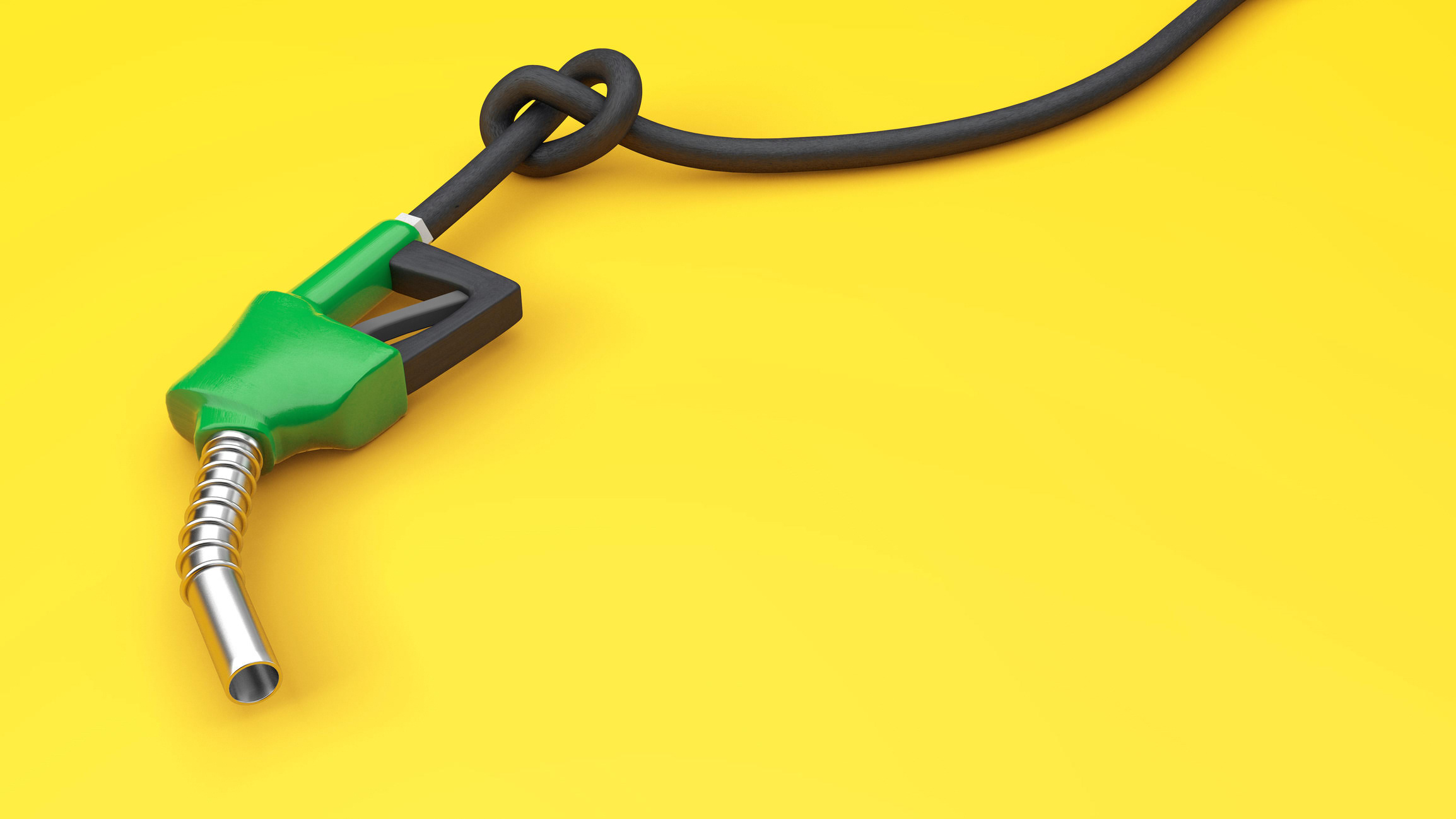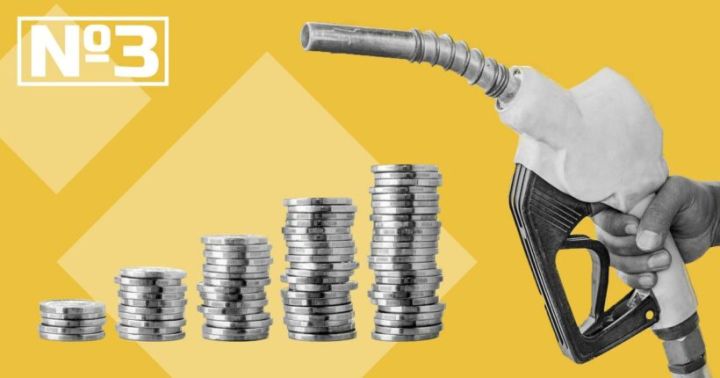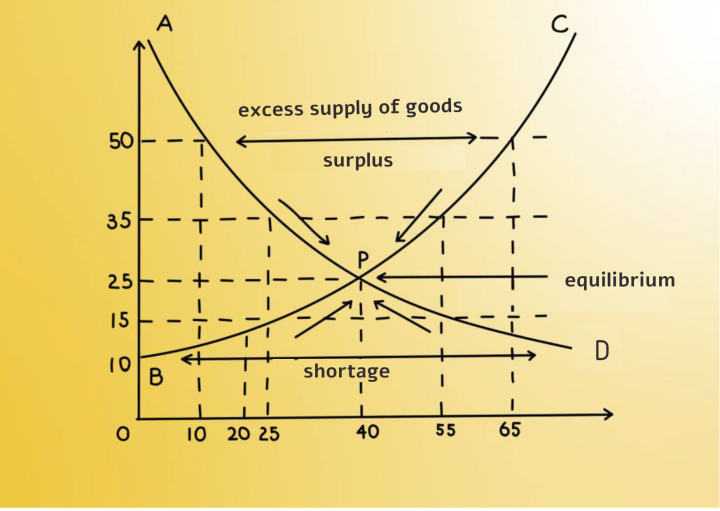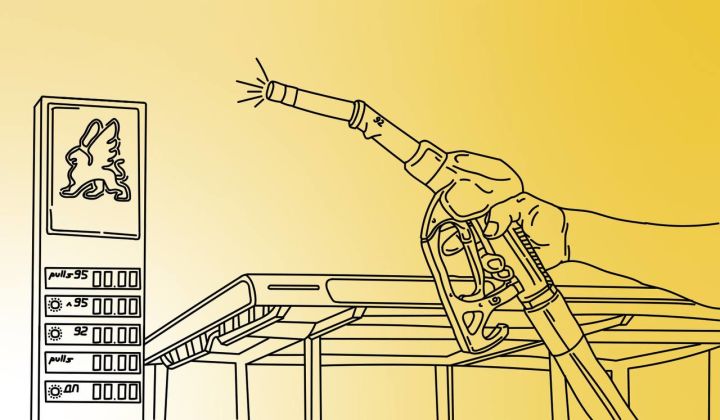Price regulation: the visible and invisible hand, and what do they have to do with the fuel crisis in Ukraine?


Fuel shortages, empty gas stations, and how prices affect the market

Remember the invisible hand of the market? It is a pricing system that strikes a balance between supply and demand through the free choice of buyers and sellers. Adam Smith formulated this principle of market self-regulation. According to him, self-interest forces manufacturers to create what customers need at the lowest price.
Price is a monetary expression of the value paid or received per unit of a good or a service. Friedrich von Hayek called the market system a miracle because a single indicator, namely the price of goods or services, carries a lot of information and helps sellers and buyers make decisions that will help them get what they want. Prices help us compare the desired product with an alternative one – that is, one that we can buy instead.
Laws of demand and supply
We, as consumers, want to get the most out of our limited resources and because of this, people demand more units of a good when its price is lower. You have seen the same pattern in your life too: if something is cheaper, you buy more of it. And if it is more expensive, you buy less of it. In general, when the price of a good or a service increases, the quantity demanded will decrease because fewer buyers will be willing and able to buy more expensive things. This inverse relationship is known as the law of demand.
In turn, sellers decide how much to sell based on market prices, because, in free markets, sellers can rarely set the price for their goods; they have to accept whatever price the market will permit. The higher the price, the more sellers will offer their goods for sale. Conversely, if prices fall, there will be less units of a good offered for sale. This direct dependence between price and quantity is known as the law of supply. The explanation is simple: higher prices increase the potential to earn more profits, and thus, the greater the incentive for sellers to sell more. In addition, increased production rises costs to produce each next unit, so producers will sell more if only prices rise to cover increased costs.
How the market price is reached?

If sellers offer more goods than consumers want to buy, there will be a surplus of a good. This will force sellers to reduce the price in order to free themselves from the surplus. Sellers who have the highest production costs will suffer losses and are likely to leave the market for this particular good. The price will fall until it reaches a level where the quantity of goods consumers are willing to buy equals the amount that sellers are willing to supply. This price is called an equilibrium price. If the price is below the equilibrium, consumers will want to buy more than sellers are willing to offer. This will lead to shortage, in response to which market forces will push the price up. Thus, there is a constant invisible and unintended coordination of behavior between buyers and sellers, the result of which is a price that balances supply and demand.
Why then are there shortages or surpluses of goods and services? In a free market, they are rare because all participants receive price signals. Sellers cannot sell more than buyers are willing to purchase, or at a higher price than buyers are willing to pay. Market prices strike a balance between demand and supply. They also direct suppliers to offer goods for which the value for buyers for these goods is higher than the costs of production.
This spontaneous order does not require centralized planning but is established because prices coordinate people's interests. However, sometimes public policy distorts price signals through taxes, subsidies, and other regulations.
What does all this have to do with fuel?

Take, for example, the current fuel situation in Ukraine. All Ukrainian drivers have likely experienced its shortage, trying to get to work, evacuating relatives and complete strangers, delivering humanitarian goods and supplies to the frontline, etc. Why is there a shortage? Because of several reasons, including the forced shutdown of the Kremenchuk refinery, bombed oil depots, not yet established and complicated Western European import logistics. State regulation only worsened the situation.
To recap, the Ministry of Economy of Ukraine introduced fuel price caps in May 2021. Gas prices in Ukraine consist of two components – the price of the gasoline itself and the trade margin that gas station networks can add to the average cost of petrol and diesel calculated by the ministry. From the end of February 2022, this margin was set at up to UAH 5 per liter of gasoline and UAH 4.55 per liter of diesel fuel. While the average cost of petrol was increased to reflect actual costs, the regulated part of the price was not allowed to reflect changes in the demand for and the new cost of distributing fuel. Thus, access was now rationed not by the willingness of customers to pay, but rather by their willingness to pay in time waiting in line at the few gas stations that actually had gas.
Faced with low prices “on paper”, empty gas stations and extremely frustrated drivers, many of whom spent more than 5 hours in lines to buy 10 liters of fuel, the government lifted the price controls. As a result, gasoline prices went up from UAH 38 a liter to over UAH 50. However, fuel is available more now, and lines have decreased significantly, since higher prices lowered the demand and increased incentives for gas stations to supply the retail market.
This article by Nataliya Melnyk of EFI country partner Bendukidze Free Market Center first appeared in Rubryka